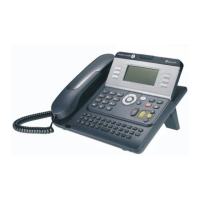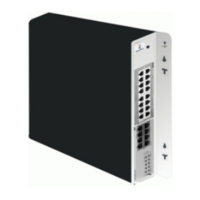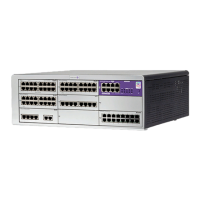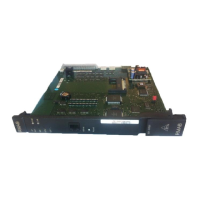
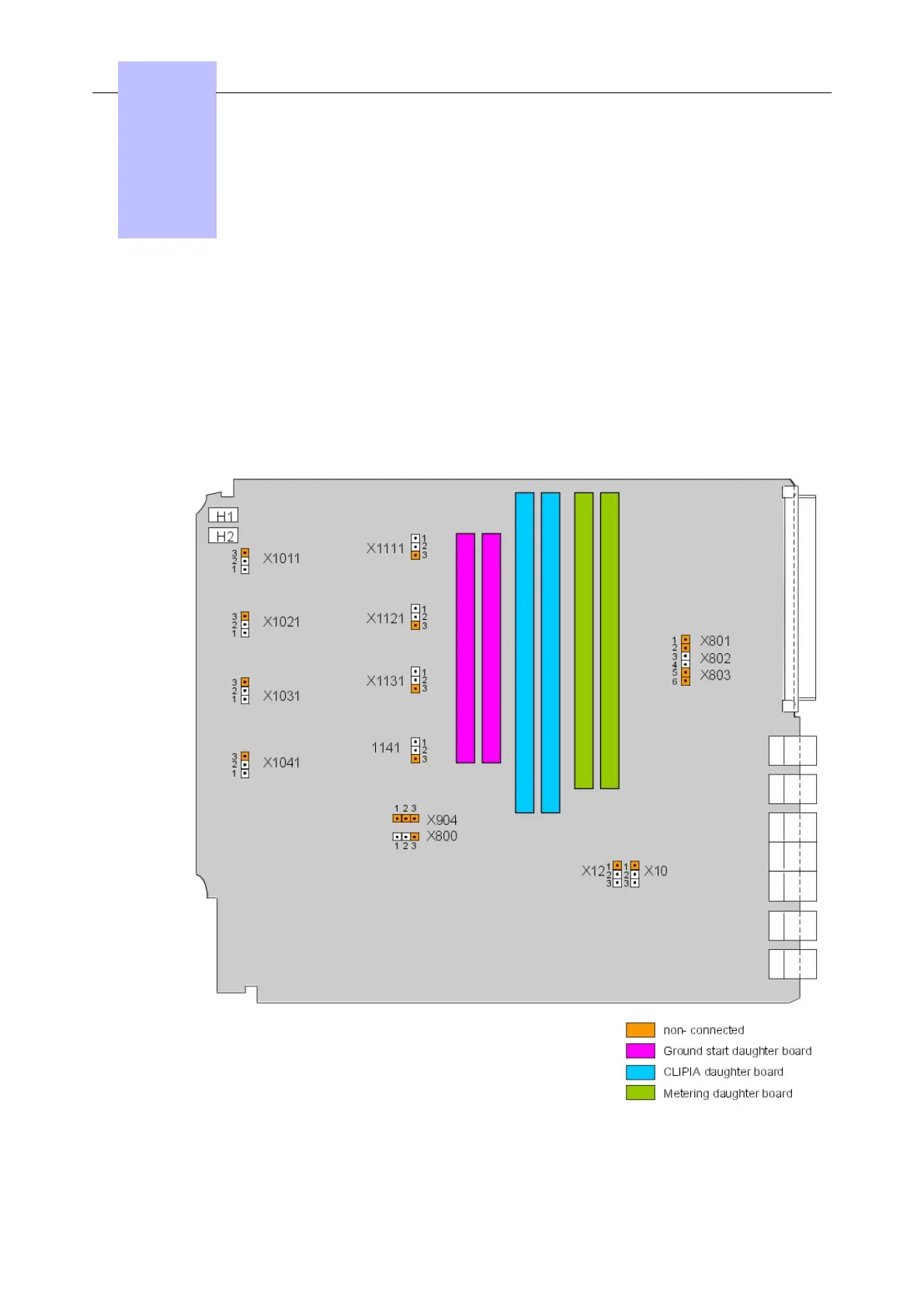
Do you have a question about the Alcatel-Lucent OmniPCX NDDI2-2 and is the answer not in the manual?
| Brand | Alcatel-Lucent |
|---|---|
| Model | OmniPCX NDDI2-2 |
| Category | Server |
| Language | English |
Describes the NDDI2-2 (LS/GS) board, its purpose, and capabilities.
Details the front and back panel connections of the NDDI2-2 board.
Lists the main functional blocks comprising the NDDI2-2 board.
Explains the Quad Low voltage Subscriber Line Audio processing Circuit (QLSLAC) and its functions.
Describes the analog interfaces, their parts, and functions.
Outlines the functions of the Digital Signal Processing (DSP) module.
Explains the common part and its interface with other ACT boards.
Details the power supply system for the NDDI2-2 board.
Provides the reference numbers for the NDDI2-2 and QATI-2 boards.
Presents an overview of the NDDI2-2 board, its daughter boards, and jumpers.
Guides on assembling the NDDI2-2 board and setting its jumpers for boot and current limitation.
Details the assembly and jumper positions for the QATI-2 daughter board.
Provides jumper settings for DC current loop and input/output impedance on both boards.
Shows the front panel LEDs of the NDDI2-2 board and explains their meanings.
Describes how the NDDI2-2 board is plugged into the ACT shelf and connected to daughter boards.
Lists the output pin configurations on the back panel of the NDDI2-2 board.
Introduces the CLIPIA daughter board and its functions for line impedance modification.
Explains the requirement for 600 Ohms impedance for the CLIP protocol using the CLIPIA board.
Details the CLIPIA board's role in detecting accounting pulses via a resonant circuit.
Provides the reference number for the CLIPIA daughter board.
Shows how the CLIPIA board is assembled onto the NDDI2-2 board and its jumper settings.
Introduces the Ground Start daughter board, its reference, and its purpose for US market signaling.
Describes the operational principle of the Ground Start board, including control and scan points.
Introduces the metering detector daughter board, its reference, and its function in detecting charging impulses.
